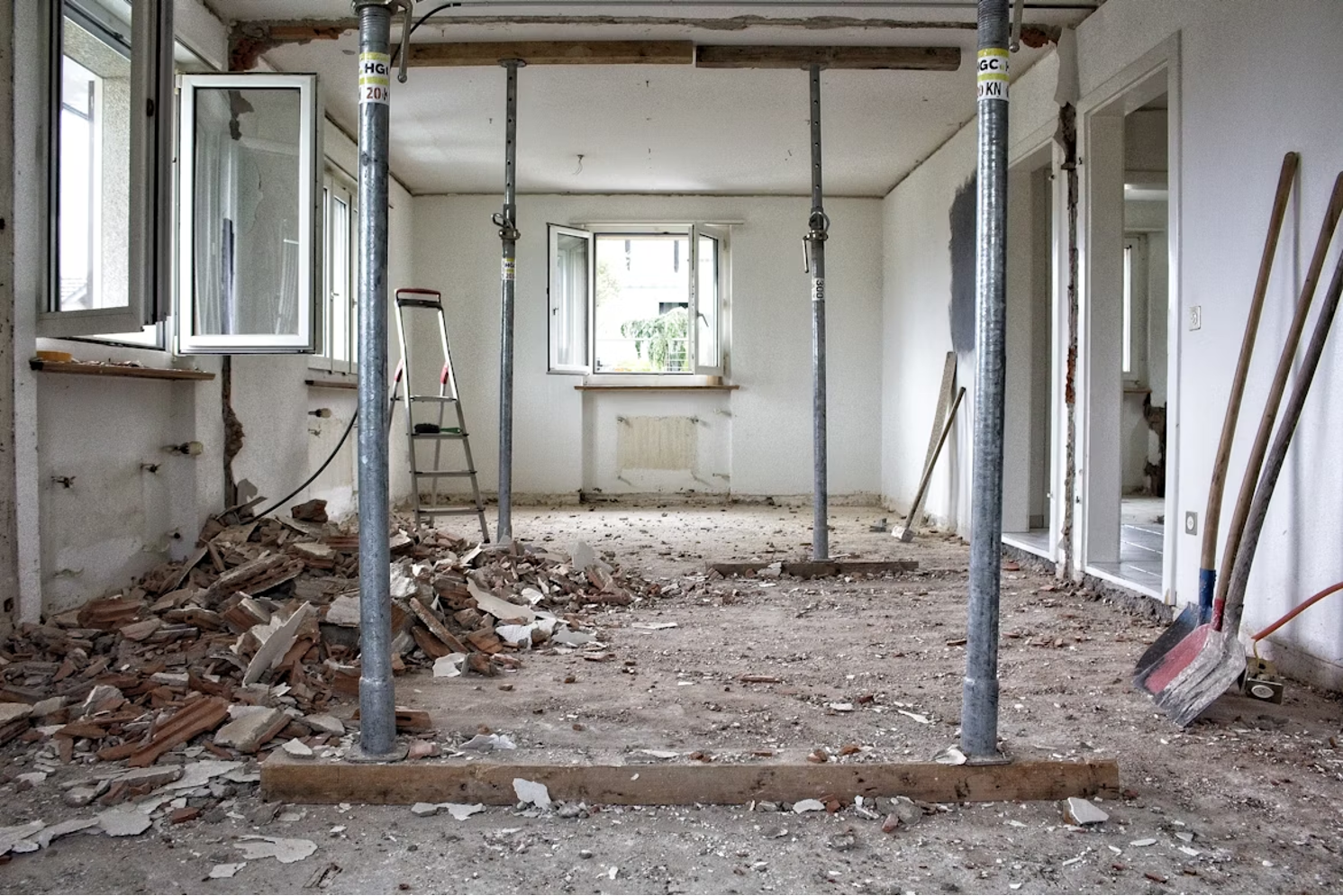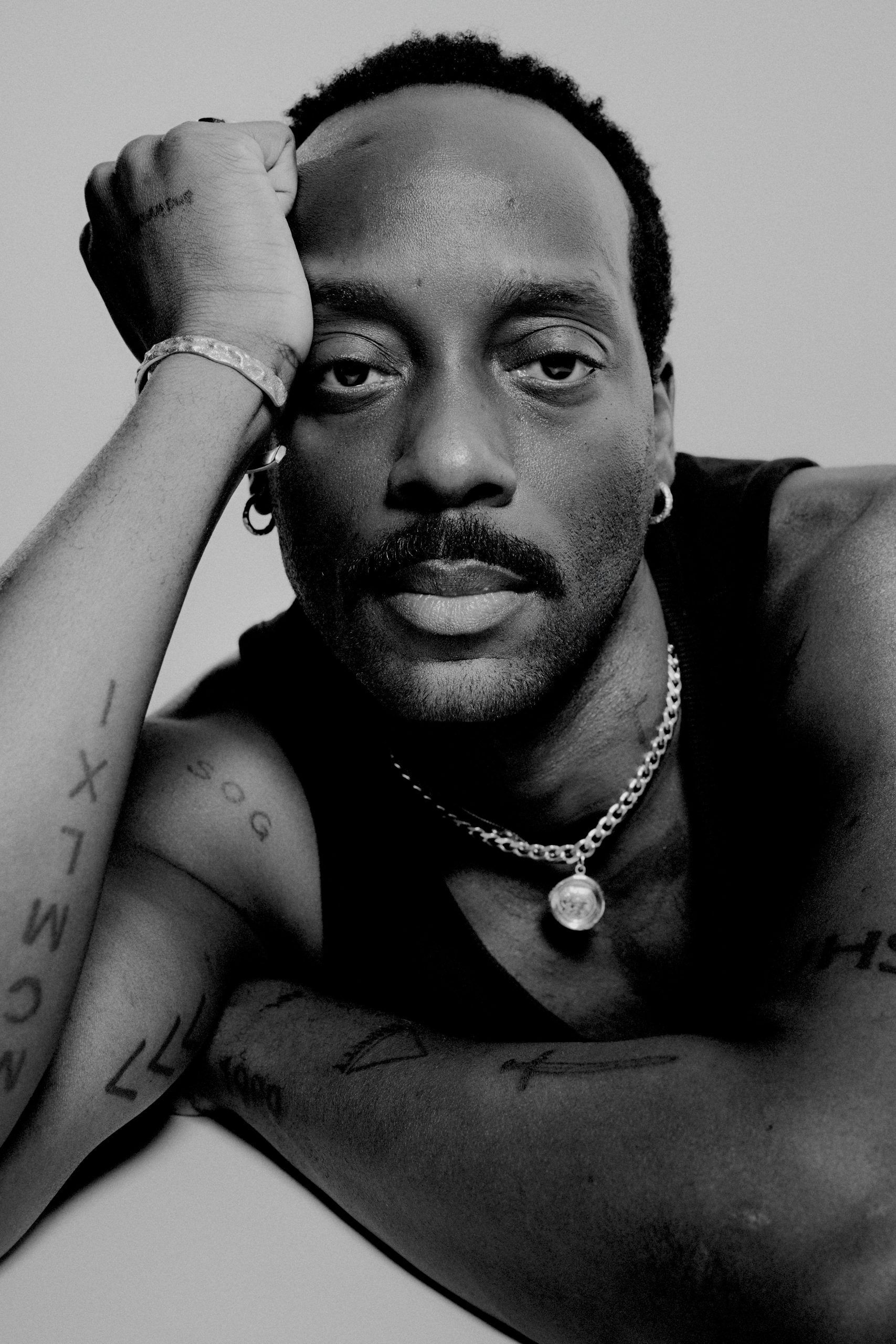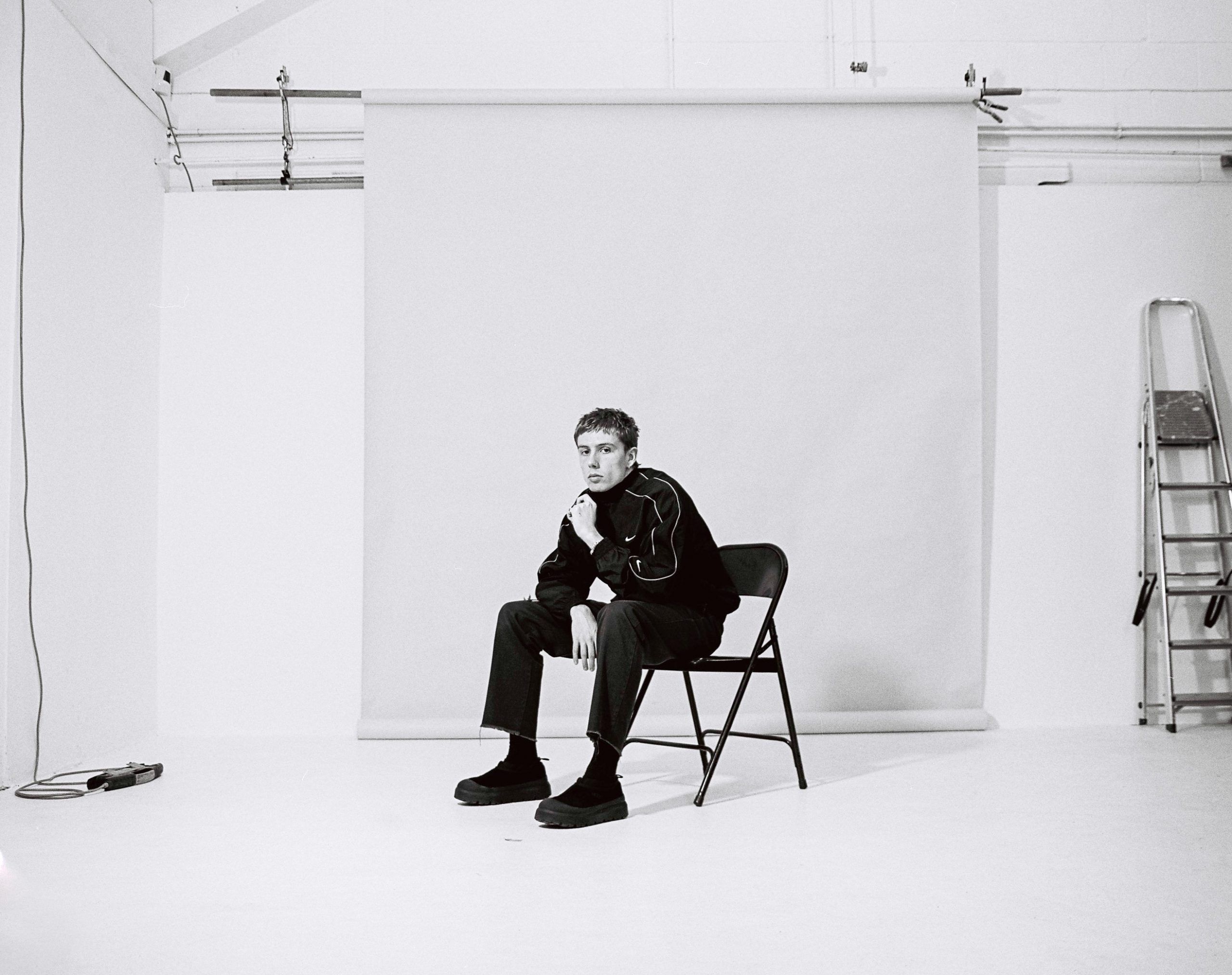
Creativity and craftsmanship coexist in surprising ways—where precise blueprints inform our built environment just as fashion runways are guided by innovative design. In exploring the intersection where structural artistry meets sartorial vision, we uncover the shared ethos of creativity, discipline, and mastery. Intended to illuminate this connection, this post will draw the parallels between the thoughtful construction of spaces and the artistic creation of garments, and note how technical training, such as AtHomePrep licensing programs can support that journey. Both designers and builders shape environments, whether they clad a model in sleek tailoring or frame a building with structural elegance, and understanding the foundation of each craft opens new possibilities for collaboration and innovation.
Precision as Inspiration
Architecture and fashion may appear worlds apart, yet both rely on precision to achieve their creative aims. A millimeter out of place on a garment can alter its entire silhouette just as a misaligned beam can compromise the integrity of a structure. Designers and architects alike learn to marry intuition with exacting measurement, forging visions that stand both stylish and structurally sound. The dialogue between fabric and form becomes particularly meaningful when construction professionals and artists recognize a shared language anchored in draftsmanship.
Technical training underpins this harmony. When an aspiring architect or fashion-focused builder engages with structured courses—or seeks credentialing via licensing platforms—they are learning not just codes, but how artistic vision translates into safe and functional reality. This grounding allows for calculated experimentation, whether staking out a runway layout or laying out a steel girder, while maintaining a steadfast respect for form and function.
The Art of Structure
Behind every awe-inspiring skyscraper or haute couture collection lies a blend of creativity and method. Fashion houses frequently rely on the structural sensitivity that costume designers borrow from architectural principles: tension, load, support, and silhouette. In return, spatial designers feed off color theory, texture, and proportions traditionally associated with fashion to humanize or animate buildings. This cross-pollination fosters environments—and garments—that respond to human scale and emotion.
Builders grounded in design training often bring an elegance to their practical skills. When a carpenter, electrician, or HVAC technician approaches a renovation with an eye for aesthetic coherence, the result transcends mere utility. They shape spaces not only to function, but to feel inviting, dramatic, or intimate. In this way, skill and style merge—each enhancing the impact of the other in spaces we inhabit or admire.
Bridging Discourses in Education
Creative individuals looking to expand into trade-based disciplines often find themselves negotiating disparate vocabularies—mood boards versus blueprints, seams versus seams. Educational pathways that mediate this divide are critical. When creative professionals enroll in technical certification programs, they begin to speak the language of industry and regulation. At the same time, they bring fresh perspectives that enliven traditional trade practices.
Certification platforms that specialize in licensing—covering trades such as plumbing, electrical, and HVAC—lend relevancy to creative practitioners hoping to ground their visions in safety and compliance. This empowers designers to engage directly with building matters, whether conceiving a theatrical installation or crafting live-in fashion experiences. The synergy of creativity and code invites richer, more daring outcomes. It moves the discourse beyond aesthetics alone, toward design that is expressive, responsible, and resilient.
Real-World Synergies
Consider how runway shows increasingly replicate architectural staging: elevated platforms, immersive lighting, fluid spatial dynamics. These spectacles require a sophisticated understanding of load-bearing surfaces, spatial arrangement, and safety protocols—skills grounded in trade professional expertise. Similarly, craft-based spaces—like artisanal workshops or adaptive reuse galleries—thrive on both aesthetic resonance and infrastructure reliability.
Tradespeople who understand creative storytelling enhance the possibilities of their craft. A painter restoring period finishes might collaborate with lighting designers to highlight textures; an electrician informed by fashion could design spotlighting setups that flatter both fabric and form. When we appreciate skilled trades as enablers of creative articulation, construction becomes not just a means to enclose space, but to elevate narrative—framed by structure and style.
Thinking Beyond Disciplines
The conversation between fashion and construction is not merely metaphorical but increasingly practical. A bespoke home spa, for instance, merges curated textiles, lighting, and surfaces—guided by design sensibilities—that rest on sound plumbing and electrical systems. In every discipline, what started as conceptual artistry is made tangible by disciplined craft. Such projects reaffirm that creative intent, when anchored by structural competence, becomes transformative in daily life.
Professionals primed in both worlds—creative and technical—are uniquely positioned to innovate. Their capacity to envision and execute across media can redefine living environments, make fashion immersive, and breathe artistry into the built realm. Whether designing custom clothing or custom homes, they prove that beauty and function are not adversaries, but co-conspirators.
In conclusion, the worlds of blueprints and runways speak a shared story of discipline meeting imagination. They reveal that the most compelling creations—garments or buildings—are those that marry precision with expressive depth. By acknowledging the value of trade training for creatively minded practitioners, we open doors to richer interdisciplinary narratives and built works that resonate deeply. Embracing both artistry and structural mastery allows design to flourish in form, function, and feeling.




